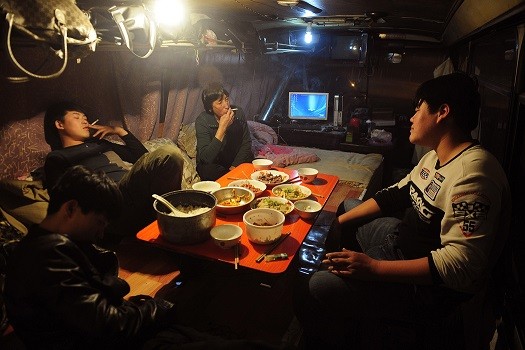The flow of migrants is changing the dynamics of labor in China. No matter if they are coming or going, the movement of migrant workers is affecting population aging.
According to the Chinese government, the number of migrant workers in China increased more than twice from 2000 to 2013. The percentage of migrant workers is already at 18 percent of the the country's total population by 2013, when it was just 9.6 percent at the start of the century.
Most of them believe that greener pastures exist in Guangdong Province, which houses a large migrant population.
Most of the migrants were observed to be from six main provinces as well, such as Sichuan, Hunan, Henan, Guizhou, Jiangxi and Anhui.
While migrant workers being able to find jobs in another province means that labor shortages have been eased, migration still affects labor in rural areas.
As majority of workers from rural areas move to urban locations, particularly Guangdong, population aging in the areas they left becomes a significant problem. Most of the elders and children are left behind, while able-bodied individuals move to other cities.
According to Yuan Xin, a population studies professor at Nankai University in Tianjin, "migration also drains labor from rural areas, which leads to population aging in those areas."
He added that since 2000, population aging has been more serious in rural areas nationwide than in cities. There is a need to provide for the needs of the elderly and children left behind.
"It is necessary to improve the pension system for the elders in rural areas, so they can enjoy better social security even if left alone by their children," Yuan said.



























